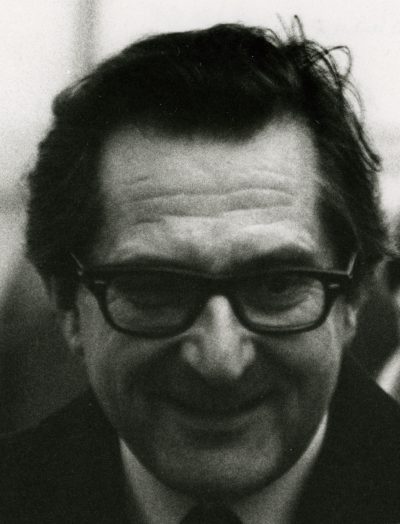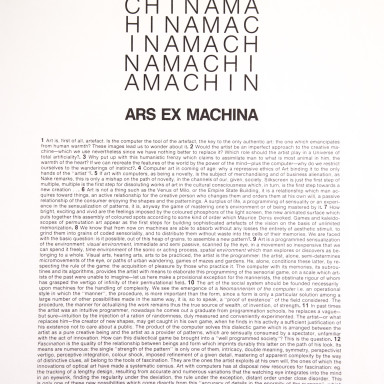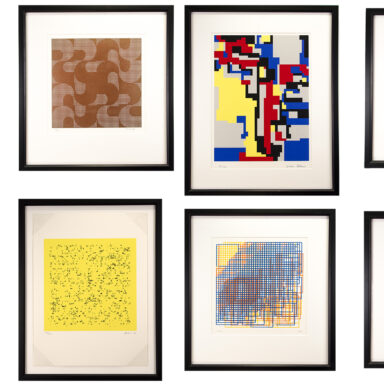
Basic Info
Name: Abraham A. Moles
Country of Origin: FR
Description
Abraham Moles was an electrical engineer and physicist who worked on analyzing and investigating the links between aesthetics and information theory. His professional legacy includes research on acoustics and music technology, as well as on computational aesthetics.
Born in 1920, he studied technology and earth sciences at the University of Grenoble in France, and then got a job at a lab optimizing metalwork and electric tool capacity, as well as testing materials. By the end of World War II, he began work at the Laboratory of Acoustics and Vibrations at the French National Scientific Research Institute, and then moved to the music department at Columbia University, funded by the Rockefeller Foundation.
During the 1950s and ’60s, Moles began teaching at the University of Stuttgart, alongside Max Bense, who he considered a friend as well as a colleague. This relationship was influential to Moles’ philosophical and theoretical outlook, and together, the two established new foundations for aesthetics through information theory.
By the late ’60s and early 1970s, Moles had became the president of the Société française de cybernétique, and his article “Art et ordinateur” (1970), incorporating Claude Shannon’s theories into a cybernetic paradigm, remains a noted addition to the field of computational aesthetics.
Moles passed away in May 1992.
Abraham Moles, “Art et ordinateur,” Communication and Languages 7 (1970): 24-33.
Christoph Klütsch, “Computer Graphic-Aesthetic Experiments Between Two Cultures,” Leonardo 40, no. 5 (2007), 421-425.
Grant Taylor, When the Machine Made Art: The Troubled History of Computer Art (New York: Bloomsbury, 2014).


